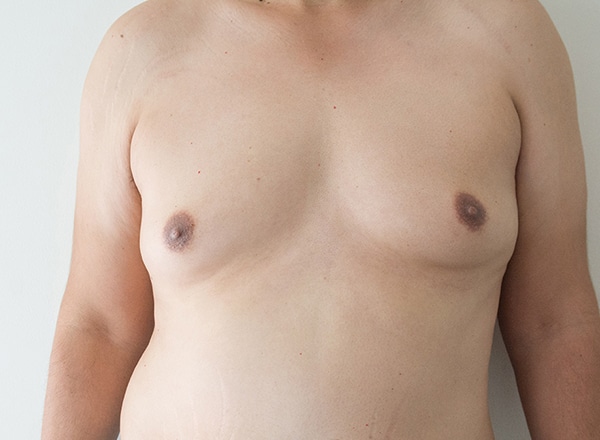
Gynecomastia affects 40-60% of adolescent males, making it a relatively common condition. Despite being so, it is not an openly discussed issue for the most part due to its “embarrassing nature” – a stigma that often overshadows its true and at times urgent medical condition. An individual should not feel discouraged from seeking help, as it can be a much-needed relief.
Gynecomastia is brought on by hormonal imbalance. The causes vary, which includes genetics and from the side effects of taking steroids for bodybuilding and medications for medical conditions. The latter includes medications for heart, stomach and even mental issues. One interesting fact to note and remember – it is not a condition that is associated only with an obese person. Any male with predispositions as mentioned – such as genetics and medicine consumption habit/need is susceptible to the condition.
How do you know if you have gynecomastia?
Pain or tenderness, which may increase over time and swelling are just two possible telltale signs of gynecomastia. To the touch, it feels like a rubbery lump under the nipple affecting one or both. Indicative appearance includes a resemblance to that of a woman’s breasts.
Often, gynecomastia is confused with the expected presence of fat tissue, particularly among young men who are overweight. Hence, an accurate diagnosis and conclusion are best left in the hands of a qualified doctor.
How do you know if it’s Pseudogynecomastia?
An individual may conclude that given the possible telltale signs, they are suffering from gynecomastia. It could be a wrong assumption. They could, in reality, be experiencing what is known as pseudogynecomastia. Men, in general, tend to accumulate fat in the chest and abdomen regions. When this fat accumulates in excess around the chest area, it renders a puffy and swollen appearance which is called pseudogynecomastia.
Does Pseudogynecomastia go away?
Pseudogynecomastia is breasts enlargement caused by fat accumulation. In theory, the male breasts fat tissues can be improved with exercise and weight loss. However, in many patients, male breasts fat can be rather resistant to weight fluctuation, so losing weight may not lead to significant improvement.
Can VASER Lipo get rid of pseudogynecomastia successfully?
VASER Lipo, a tissue selective fat reduction procedure, is the treatment choice for those suffering from pseudogynecomastia. During the process, small incisions are made on the area to be treated and infiltrated with anaesthetic fluid. Subsequently, I utilise the Vaser probe that transmits ultrasonic sound wave energy to the targeted fat tissues to emulsify the stubborn fat. Once the fat cells are liquefied, they are removed via suction cannulas that are specially made for this procedure.
As VASER Lipo is tissue selective, it only targets fat tissues, preserving the health of nerves, blood vessels and other important connective tissues. Therefore, post-treatment recovery is easy with minimal downtime because only the fat tissues are targeted and removed. Bruising and swelling are minimised with this procedure.
As a proven clinical treatment for pseudogynecomastia, many men have benefited from its results. While this is certainly good news for those afflicted with the condition, bear in mind to practise due diligence in one’s research when seeking help.

